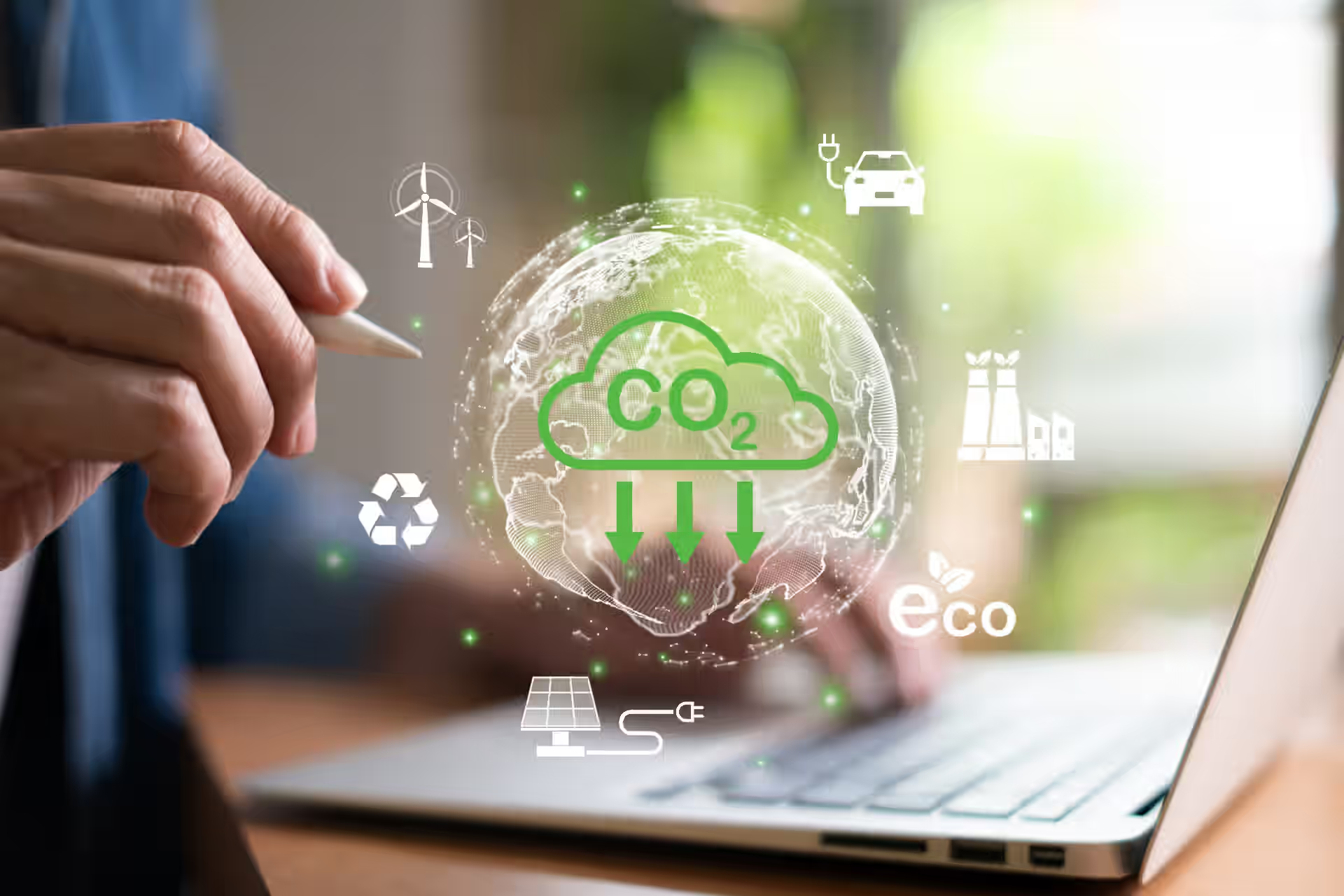What is a low carbon website?

Creating a low carbon website is a part of the green computing movement, which aims to reduce the environmental impact of our digital activities. With the internet’s carbon footprint growing every day, understanding and implementing a low carbon website can be a significant step toward sustainability. Here’s a comprehensive guide to what a low carbon website is, its importance, and how you can create one.
Understanding the Carbon Footprint of Websites
Every time you visit a website, there is a chain of events that leads to the emission of carbon dioxide (CO2). This starts from the data centre where the website is hosted, through the transmission networks, and finally to your device. Data centres, in particular, consume a vast amount of electricity, much of which comes from non-renewable energy sources. The carbon footprint of a website is a measure of the total amount of CO2 emissions that are generated by the electricity used during this process.
What is a Low Carbon Website?
A low carbon website is designed to minimise the energy required to run it. This means optimising every aspect of the website – from the server to the user – to be as energy-efficient as possible. The aim is to reduce the website’s carbon footprint, making it more environmentally friendly.
The Importance of Low Carbon Websites
The internet consumes about 10% of the world’s electricity. This staggering figure is growing each year, with the carbon emissions from our digital activities threatening to exceed those of the entire aviation industry. By creating low carbon websites, developers and businesses can play a crucial role in reducing the internet’s overall energy consumption and carbon emissions.
Creating a Low Carbon Website
Creating a low carbon website involves several key steps:
- Green Hosting
Choose a web host that uses renewable energy sources. Many hosting companies are now powered by wind, solar, or hydropower, which can significantly reduce your website’s carbon footprint.
- Efficient Coding
Write clean, efficient code. Minimising the code on your website reduces the processing power required, thus saving energy. This includes optimising CSS, HTML, and JavaScript to eliminate unnecessary characters without changing the functionality.
- Optimised Images and Videos
Images and videos are the heaviest elements on a website. Use formats like WebP for images and compress them without losing quality. For videos, consider hosting them on platforms like YouTube or Vimeo, which have efficient streaming technologies.
- Content Delivery Networks (CDNs)
CDNs store copies of your website at various locations around the world. This means that users can access the site from a server that is closer to them, reducing the energy required to transmit data across long distances.
- Mobile Optimisation
Mobile devices use less energy than desktops or laptops. Ensuring your website is optimised for mobile can lead to less energy consumption, as mobile-optimised sites load faster and use less data.
- Renewable Energy Certificates (RECs)
If green hosting isn’t an option, consider purchasing RECs. These certificates support renewable energy production and can offset your website’s energy usage.
Monitoring and Maintaining a Low Carbon Website
Creating a low carbon website isn’t a one-time task. It requires ongoing monitoring and maintenance to ensure it stays energy-efficient. Tools like Google’s PageSpeed Insights and website carbon calculators can help you monitor your website’s performance and footprint.
Conclusion
A low carbon website is not just an environmentally responsible choice, but it can also lead to faster loading times and a better user experience. As the digital world continues to expand, the need for sustainable web practices becomes more crucial. By following the steps outlined above, you can ensure that your online presence contributes positively to the planet’s well-being.
Remember, every byte counts. Reducing the digital carbon footprint is a collective effort, and it starts with individual actions. By creating a low carbon website, you’re taking a step towards a more sustainable and environmentally friendly internet.
If your business is ready to get started on its net zero journey, contact one of our friendly team.
Related Blogs
Speak to our team
Start integrating sustainability now, one step at a time with independent third party verification from NCZ.